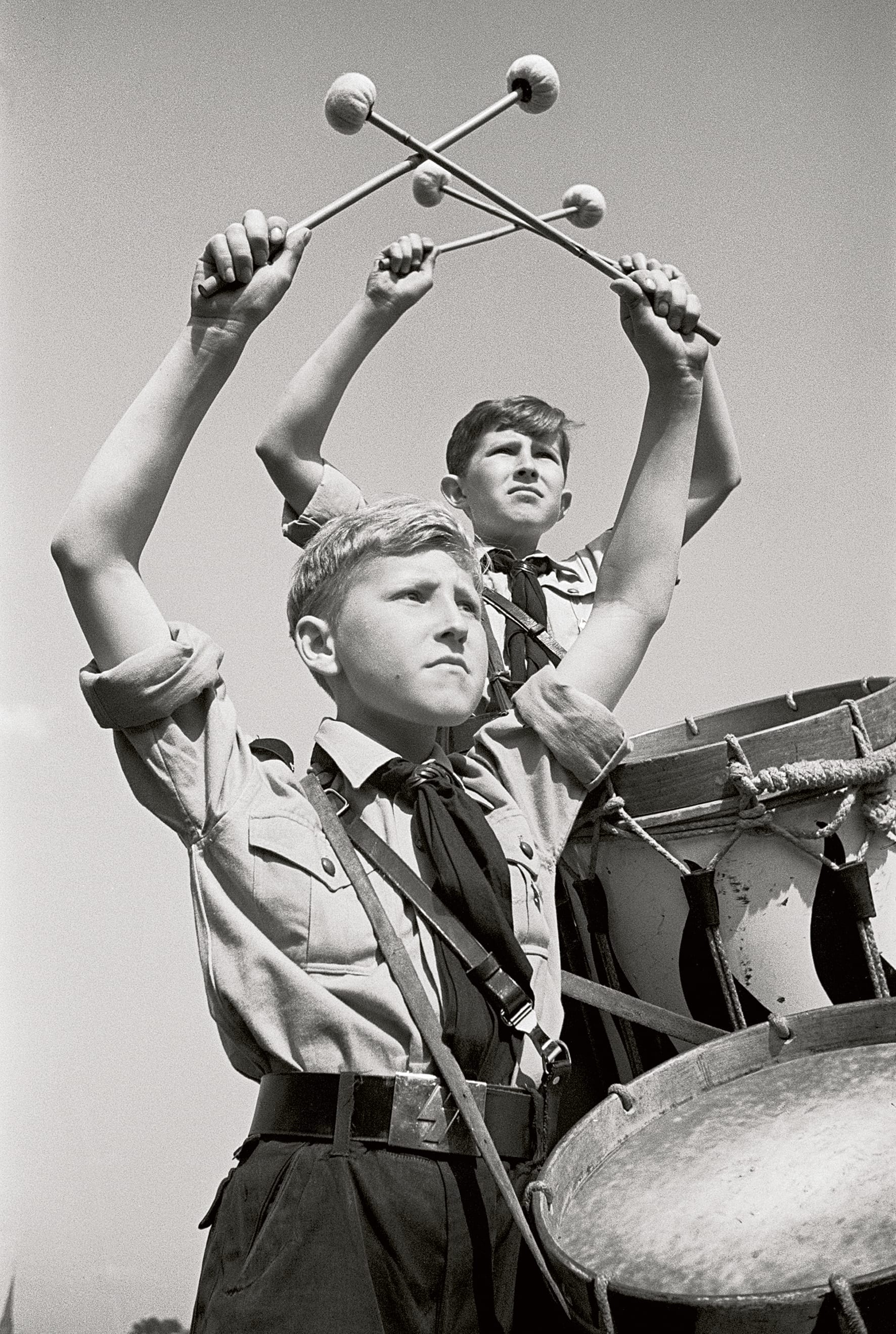
Documentary

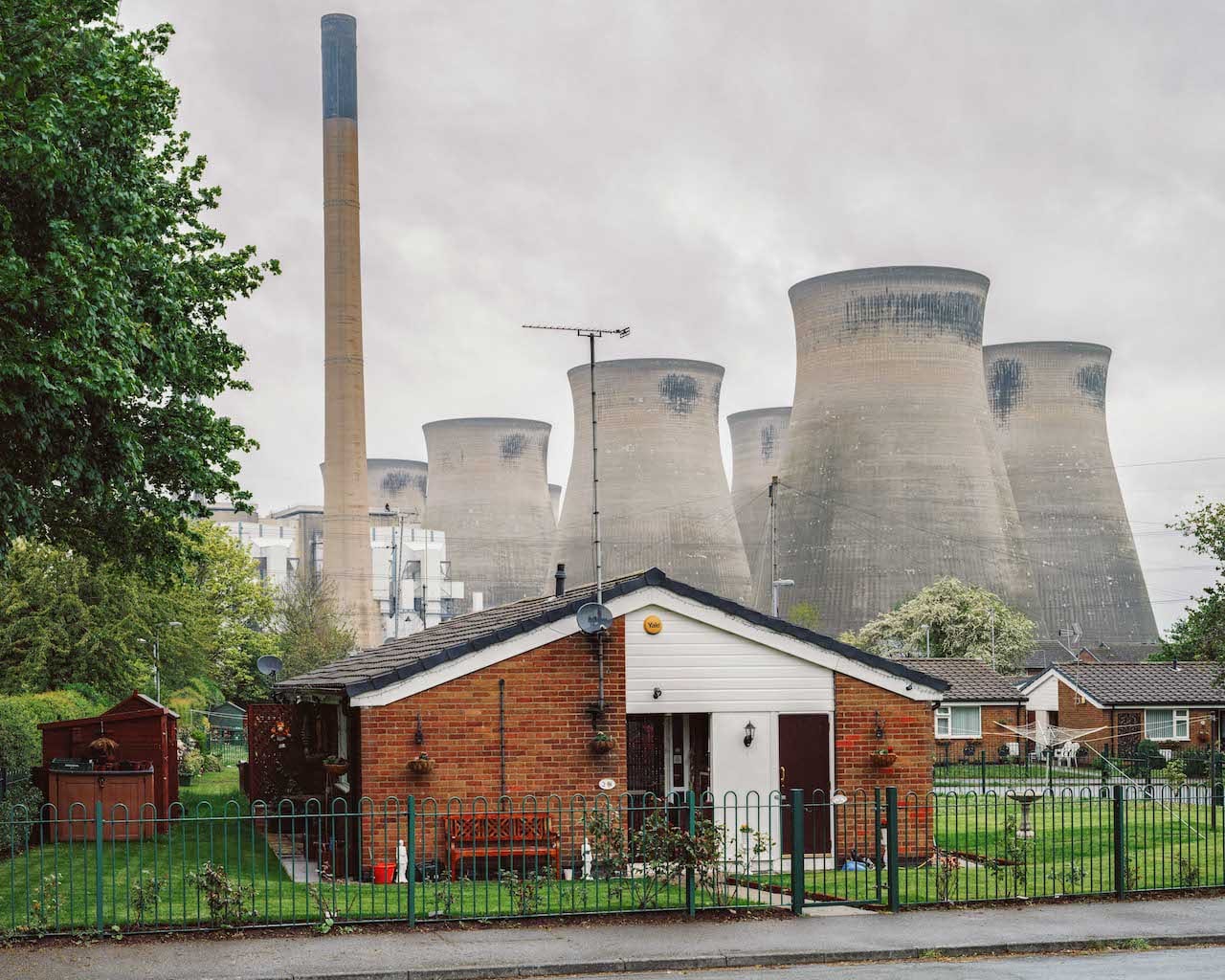
Ahead of his first international solo show, the photographer behind popular YouTube channel Negative Feedback shares his story and the process behind his latest body of work
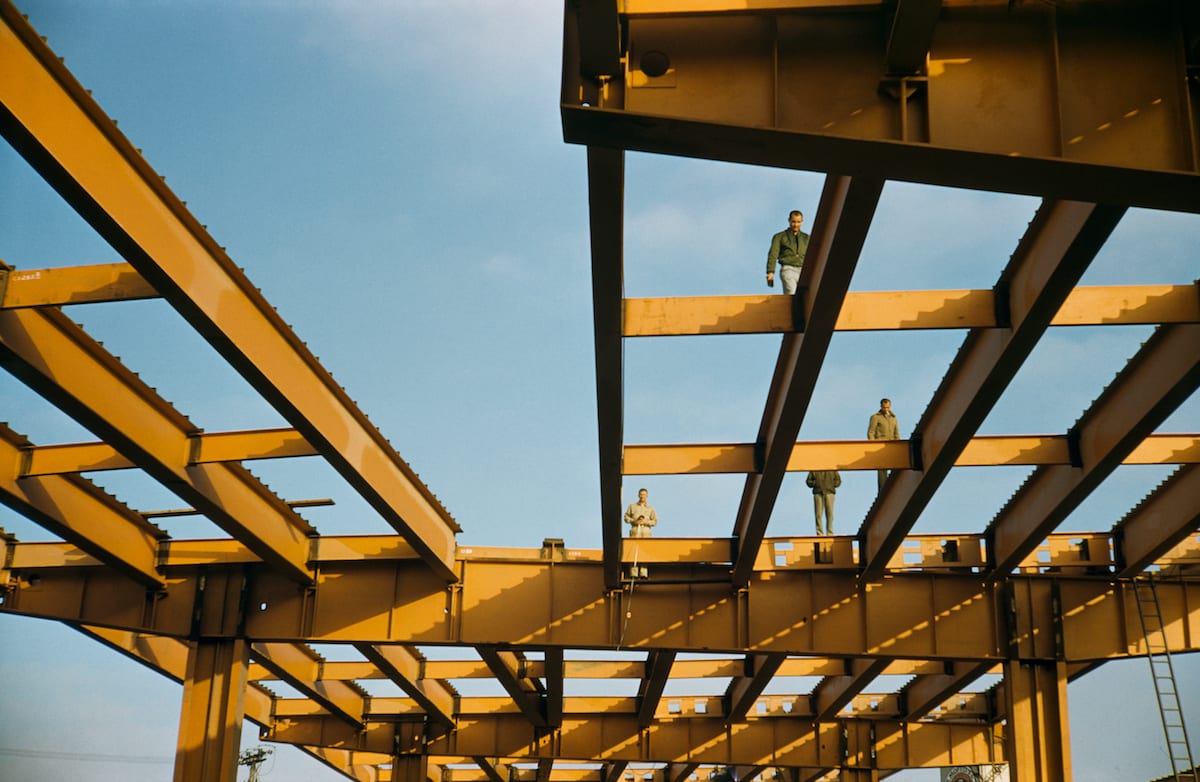
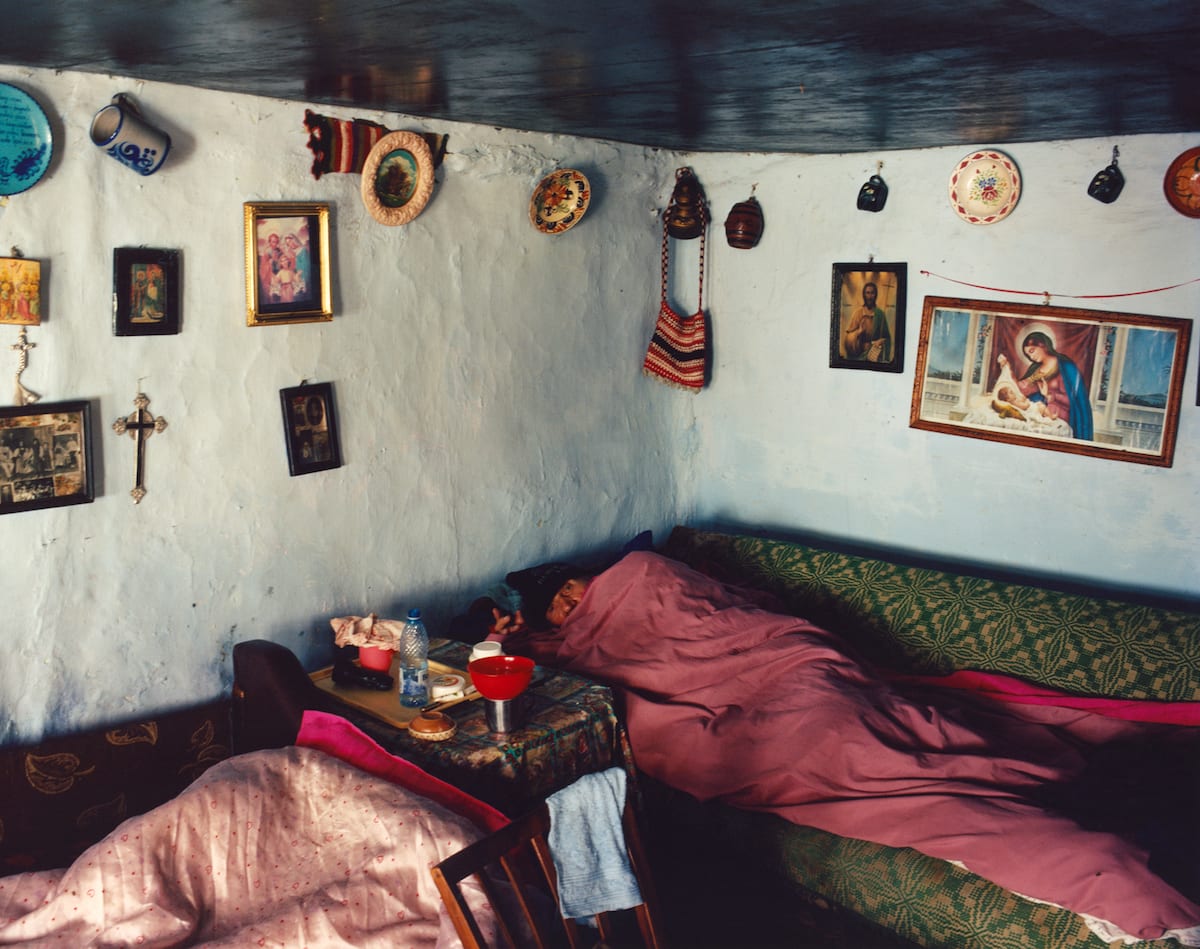
A Short Pleasurable Journey, Part 2 –opening tonight as part of Photo London, invites us to experience a little-known Romanian commune through Hawkesworth’s eyes
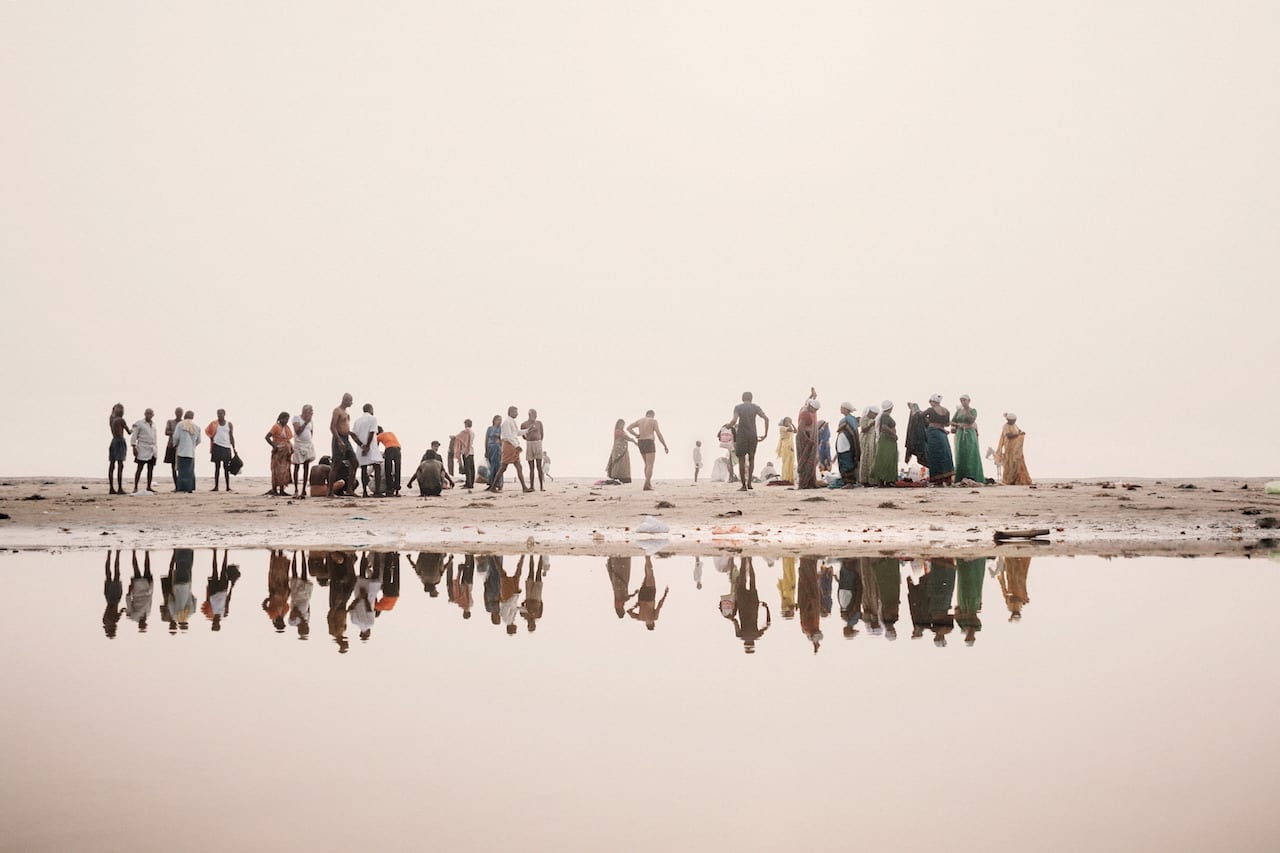
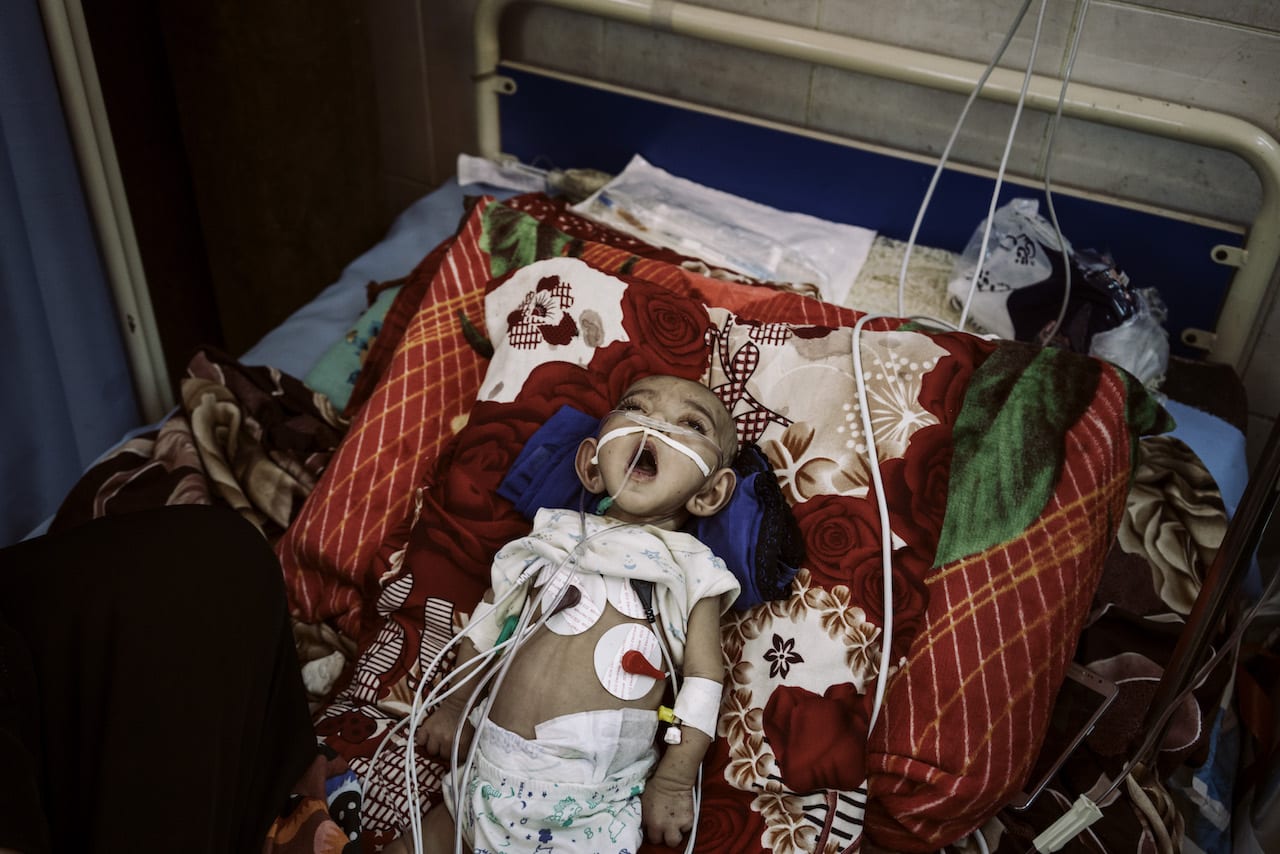
“Working in Yemen is extremely difficult,” says Lorenzo Tugnoli, talking to BJP by phone from Kabul. “It’s a country where you have to navigate through various factions, and there are bureaucratic obstacles on both sides. As an example, it took us months just to get a visa.
“And even when you get access, you are not allowed to have much time. For example, after long negotiation we were allowed to go to Hodeidah, but they only let us stay for a few days. I look at my pictures in the port: I was there just for half an hour.”
Even so, Tugnoli has managed to make two extended trips to Yemen – the first for three weeks in May 2018, and the second for five weeks in November and December 2018. During those trips he travelled extensively throughout the country, crossing over the frontline and into territories held by opposing forces. Showing both the conflict and its disastrous humanitarian impact, his images have been published in a series of essays by The Washington Post, and a story pulled out of those images by Tugnoli and the director of Contrasto, Giulia Tornari, has now been nominated for the very first World Press Photo Story of the Year.
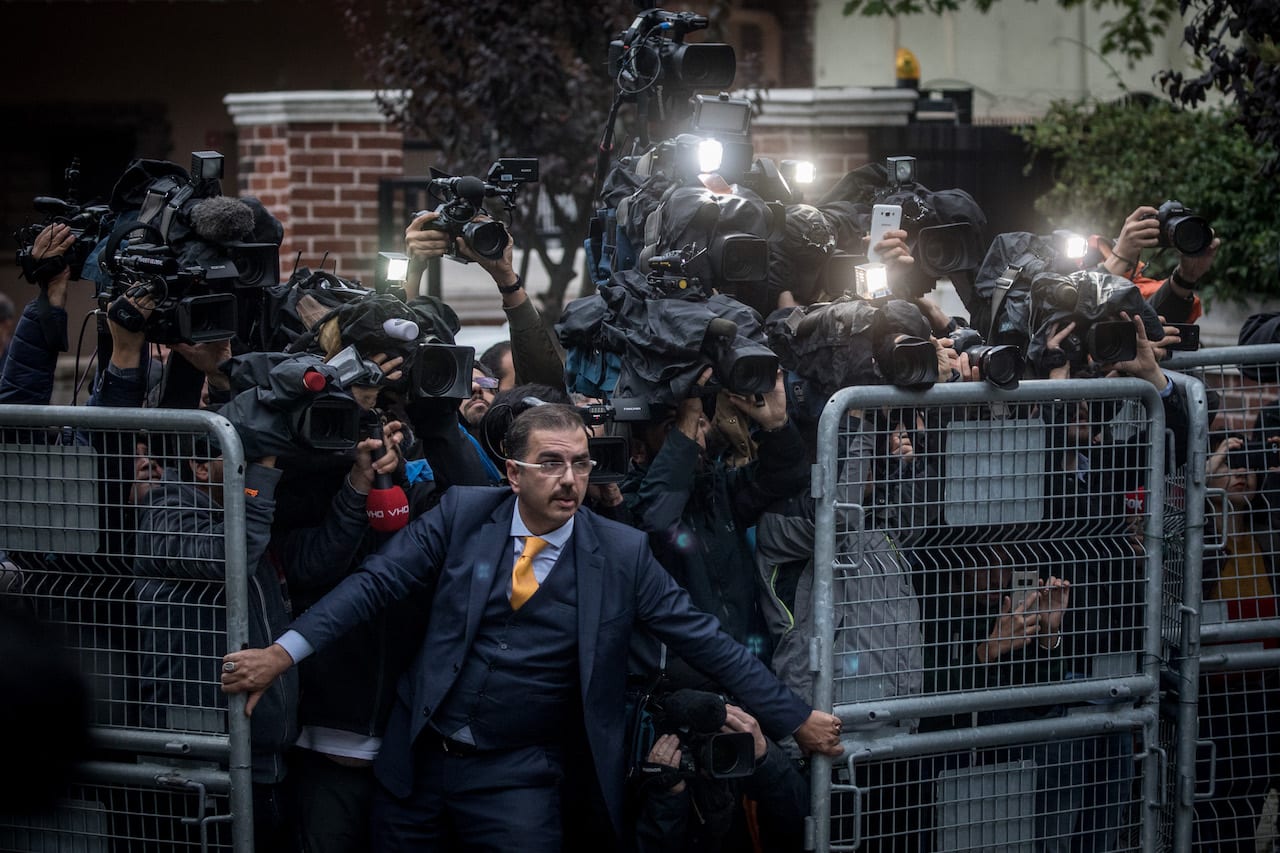
“It was a really tough story to cover, because the subject wasn’t there,” says Chris McGrath. “There was so much press there, and everyone was having the same problem – I was talking with other photographers and the Getty Images office about how to tell the story. It became every day going to the same place, standing, trying to get a picture that said something.”
The story was the disappearance of the disappearance of Jamal Khashoggi and the problem was exactly that – a Saudi Arabian journalist, author, and editor, who wrote for The Washington Post, Khashoggi had gone to the Saudi Arabian consulate in Istanbul on 02 October 2018 and vanished. Lurid reports that he’d been killed and dismembered soon circulated, but his body has still not been found and initially, the Saudi Arabian government denied his death. There was, as McGrath says, very little to photograph.
Then on 15 October, Saudi and Turkish officials were allowed in to inspect the building, and McGrath, along with many other journalists and photographers, went along to photograph the development. “We didn’t know when the inspectors would arrive, but everyone was there,” says McGrath. “All the press was trying to get something, and this guy was holding us back.”
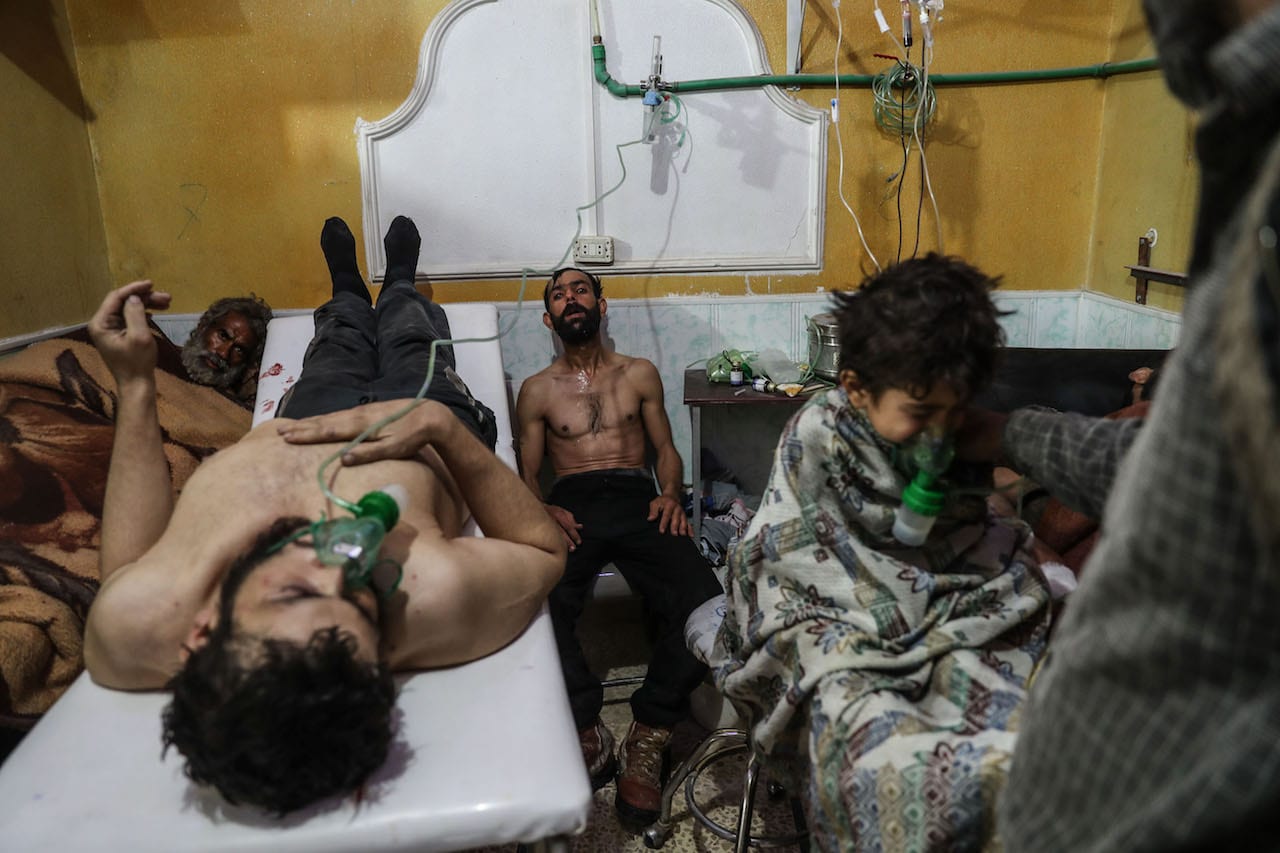
Back in 2011, Mohammed Badra was studying architecture at Damascus University, a 20-minute drive from his native Douma. Then war broke out in Syria and he was forced to abandon his studies, initially becoming a first-responder for the Syrian Red Crescent, and then starting to take photographs of the conflict. “Taking a picture is documenting history,” he says simply. “I am an architecture student, I was pushed into photography.”
In 2015 Badra joined EPA [European Pressphoto Agency], working under Oliver Weiken and starting to focus in on images of children. Children are “the biggest losers in this war” he says, and there are many caught up in the crossfire, with the UN estimating that some 500,000 are currently living in 16 besieged areas in Syria.
And it’s the child that’s the really shocking factor in Badra’s photograph from Eastern Ghouta, which has been nominated for the World Press Photo of the Year. Showing victims of a suspected gas attack in hospital on 25 February 2018, the image includes a small boy hooked up to breathing apparatus.
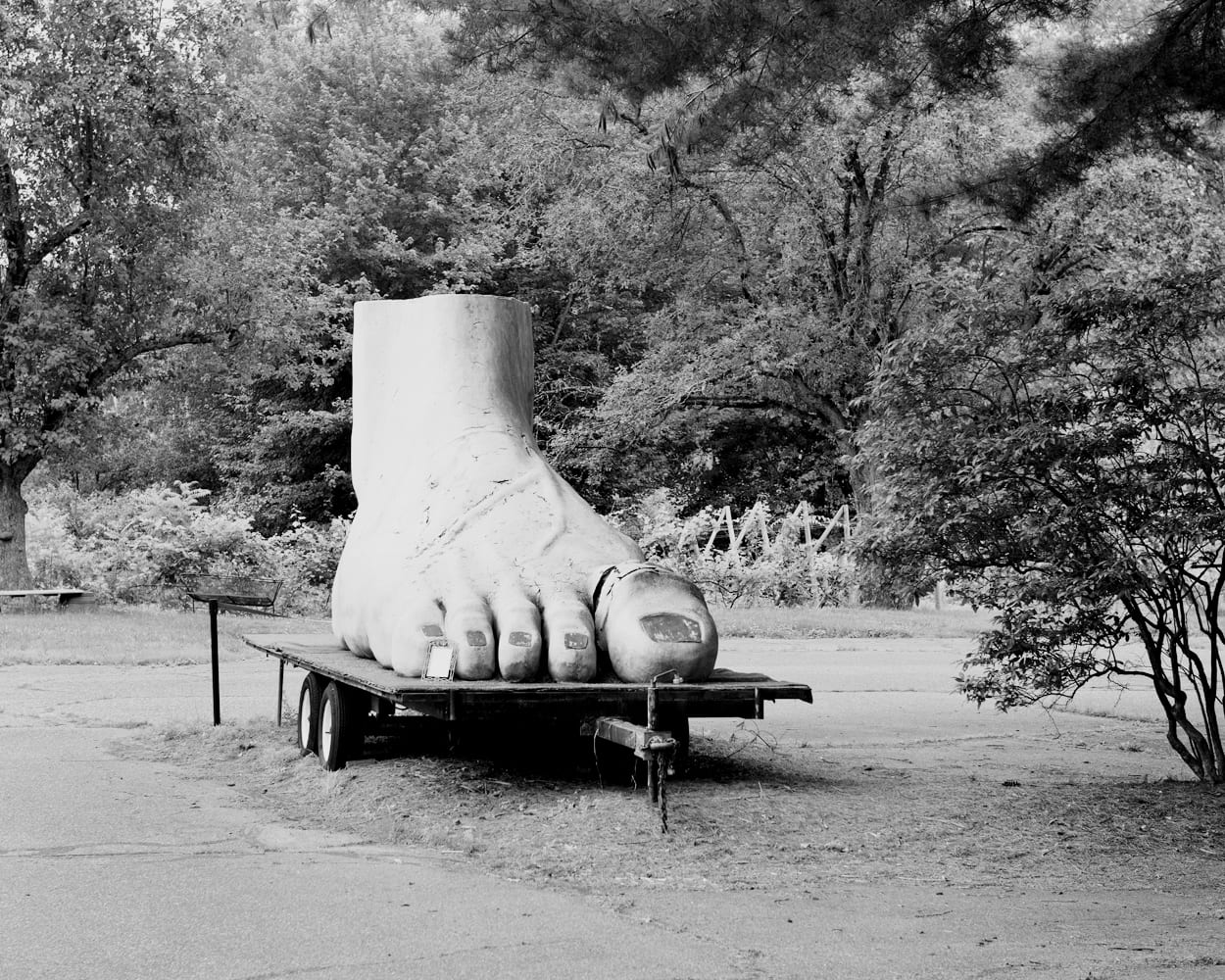
Think of a horror or thriller, and you may think of the happy first half hour or so when everything seems to be going just fine. The Stepford Wives’ town initially seems like it’s perfect; The Vanishing opens with a couple going on a holiday. It’s only later that the tone takes a turn for the worse, before descending into something more substantially scary. That shift is something the residents of Amherst, Massachusetts seemingly live in fear of, because – while on the face of it their small town is an idyll – they’re constantly on the alert.
“7.32pm – Residents at The Boulders complained about a man yelling out the window in a foreign language,” reads a police report published in the local paper, the Amherst Bulletin. “The man told police he was just stating his excitement for the dinner he was about to eat.” “5.53pm – A woman called police after being approach by a photographer in downtown who asked if he could take pictures of her feet,” another reads. “The photographer was not located.”
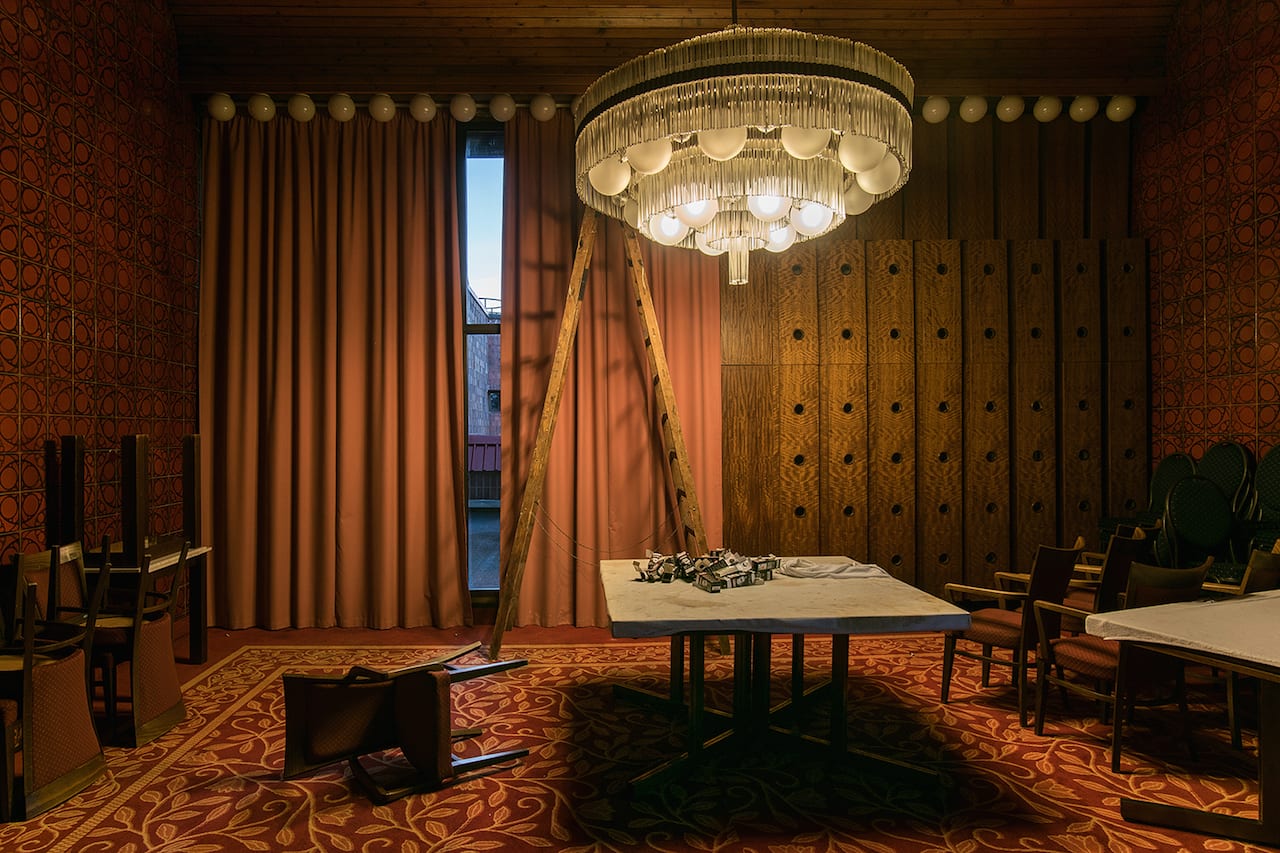
Born in 1991, Polish photographer Karol Palka is currently working on a PhD at the Jan Matejko Academy of Fine Arts in Krakow, which he hopes to finish in 2021. His series Edifice documents communist-era buildings in Poland and neighbouring Eastern Bloc countries. It includes shots of the Polana Hotel, once owned by the Communist Party of Czechoslovakia, and the former office building for the management of the Nowa Huta Steelworks, which was once visited by Nikita Khrushchev and Fidel Castro.
